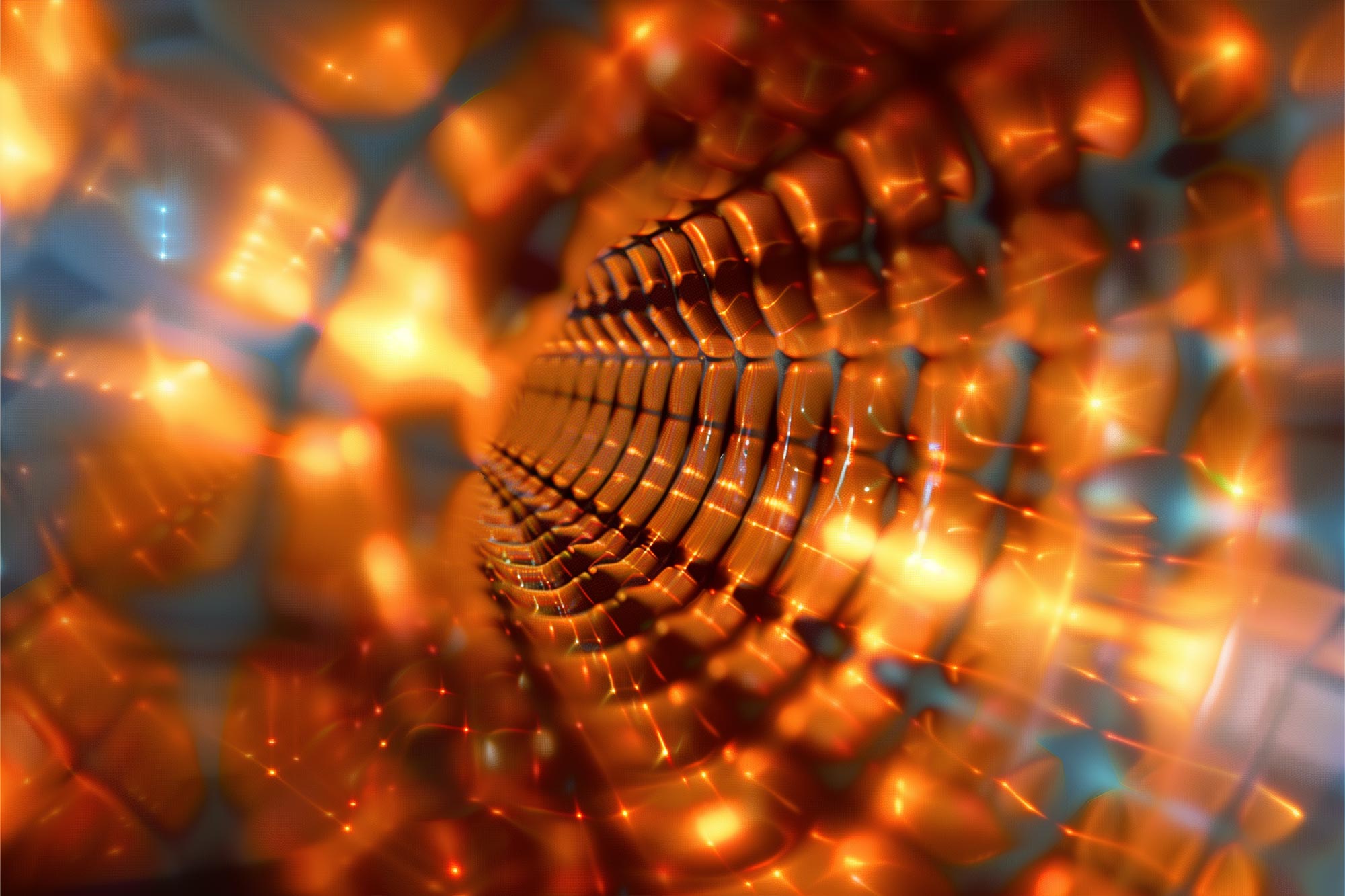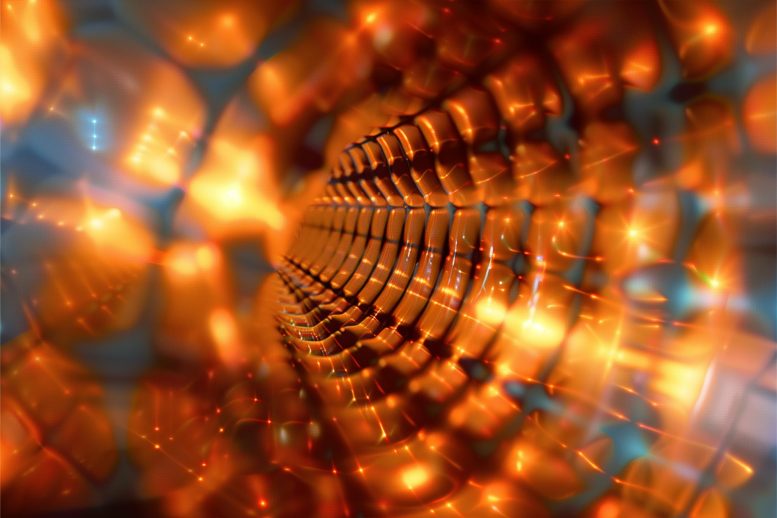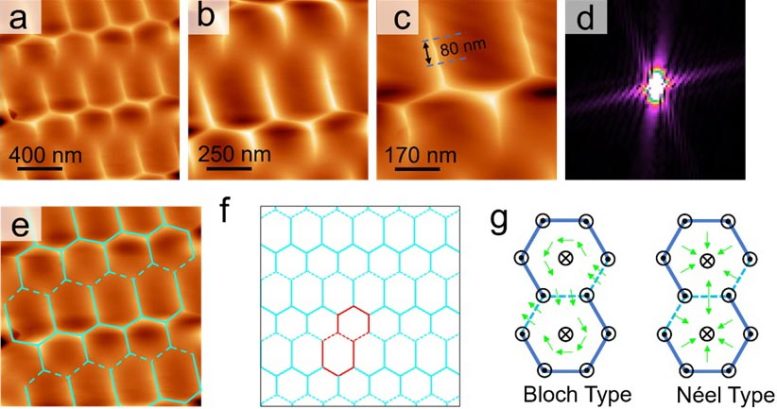

Researchers have achieved a breakthrough in observing intrinsic magnetic structures in kagome lattices, which may significantly influence future quantum computing and superconductivity applications.
A research team led by Prof. Qingyou Lu from the Hefei Institutes of Physical Science at the Chinese Academy of Sciences, in collaboration with Prof. Yimin Xiong from Anhui University, has achieved a groundbreaking discovery. Using advanced techniques such as magnetic force microscopy (MFM), electron paramagnetic resonance spectroscopy, and micromagnetic simulations, they have made the first-ever observation of intrinsic magnetic structures within a kagome lattice.
These findings, published recently in Advanced Science, shed new light on the behavior of materials, which is largely determined by the interaction between their internal electrons and lattice structure. Kagome lattices, known for their unique properties like Dirac points and flat bands, display extraordinary phenomena such as topological magnetism and unconventional superconductivity. These lattices are of great interest because of their potential to unlock new insights into high-temperature superconductivity and quantum computing. Despite this, the intrinsic spin patterns that define these materials have remained elusive—until now.

Discovery of New Magnetic Array in Fe3Sn2
In their study, the research team discovered a new lattice-modulated magnetic array in the binary kagome Fe3Sn2 single crystal. This array formed a unique broken hexagonal structure due to the competition between hexagonal lattice symmetry and uniaxial magnetic anisotropy. Hall transport measurements further confirmed the presence of topologically broken spin configurations within the material.
Variable-temperature experiments revealed that the magnetic reconstruction in Fe3Sn2 single crystals occurred through a second-order or weak first-order phase transition, revising earlier assumptions of a first-order transition. This discovery redefined the low-temperature magnetic ground state as an in-plane ferromagnetic state, contradicting previous reports of a spin-glass state. Based on these results, the team developed a new magnetic phase diagram for Fe3Sn2.
Implications for Quantum Computing and Superconductivity
Additionally, quantitative MFM data showed that significant out-of-plane magnetic components persist at low temperatures. Using the Kane-Mele model, the team explained the opening of the Dirac gap at low temperatures, dismissing prior hypotheses about the presence of skyrmions under these conditions.
According to the research team, this breakthrough provides new insights for exploring topological magnetic structures and developing future technologies in quantum computing and high-temperature superconductivity.
Reference: “Real-Space Imaging of Intrinsic Symmetry-Breaking Spin Textures in a Kagome Lattice” by Caihong Xie, Yongcheng Deng, Dong Zhang, Junbo Li, Yimin Xiong, Mangyuan Ma, Fusheng Ma, Wei Tong, Jihao Wang, Wenjie Meng, Yubin Hou, Yuyan Han, Qiyuan Feng and Qingyou Lu, 19 August 2024, Advanced Science.
DOI: 10.1002/advs.202404088